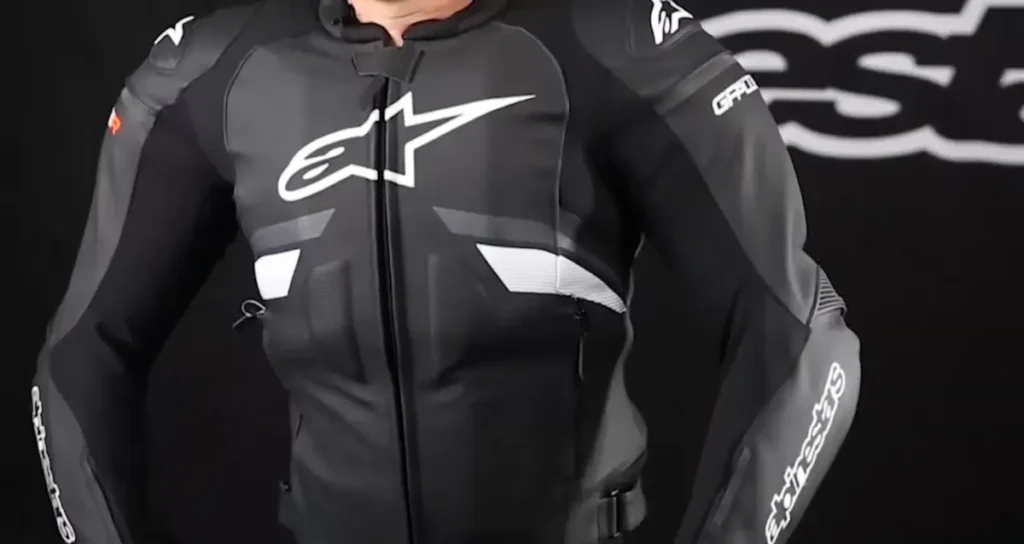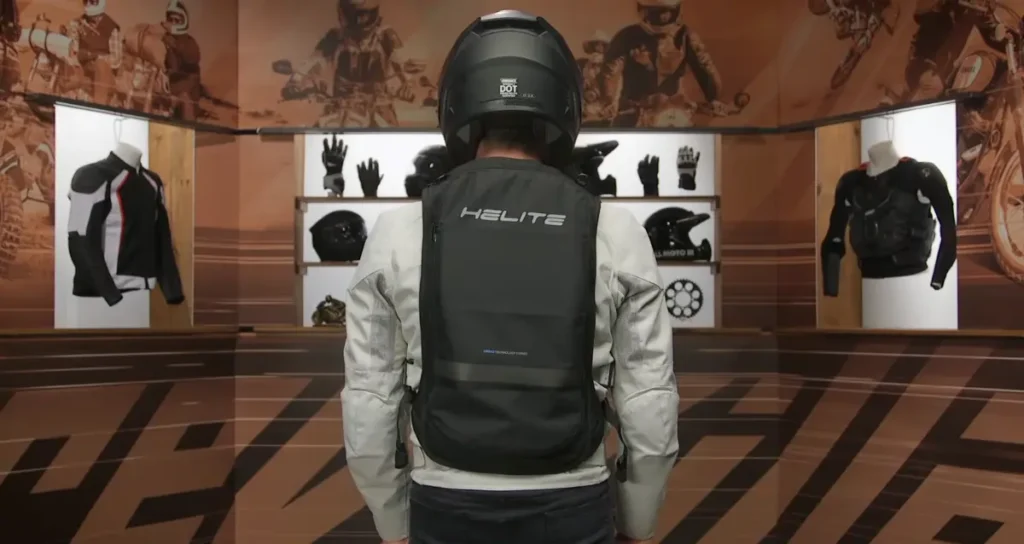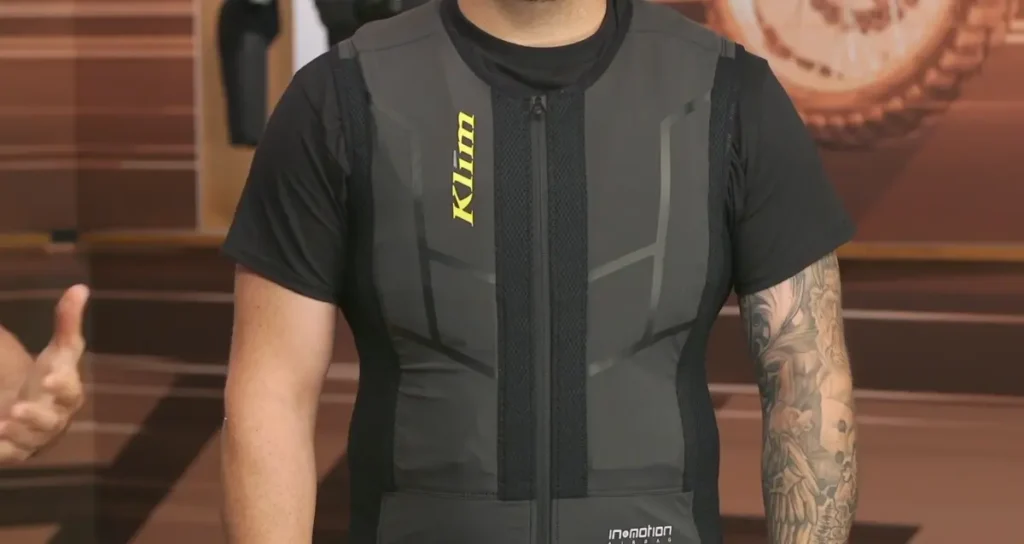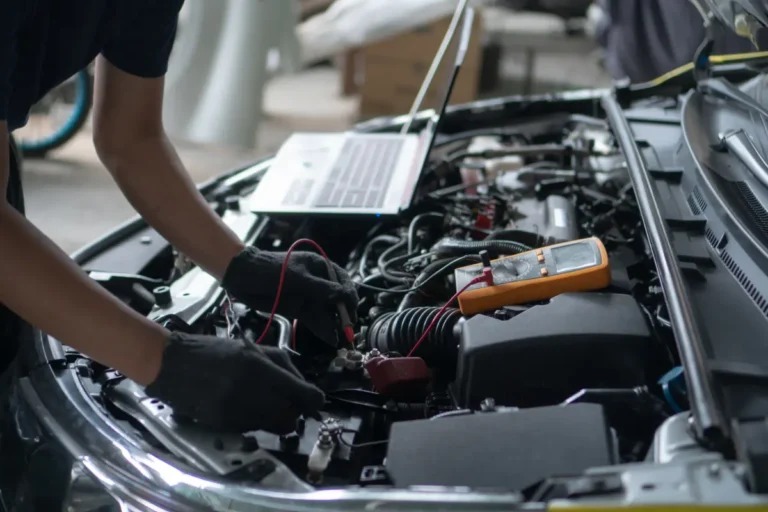The Evolution of Motorcycle Safety: Exploring Hidden Airbags in Backpacks and Jeans
Motorcycle safety gear has come a long way over the years, with innovations that were once considered the stuff of science fiction now becoming a reality. Among the most significant advancements in recent years is the integration of airbags into motorcycle gear, a development that is revolutionizing rider safety.
In this article, we’ll dive into the world of hidden motorcycle airbags embedded in jeans and backpacks, exploring their benefits, how they work, and whether they live up to the hype.
A New Era in Motorcycle Safety: The Rise of Airbags
Since their introduction, airbags have become a game-changer for motorcyclists, providing unprecedented levels of protection in the event of a crash. Traditional back protectors can reduce impact forces to about 18 kilonewtons, but with airbag technology, this can be reduced to as low as 0.36 kilonewtons—making airbags around 5,000% more effective at dispersing crash forces.

Additionally, airbag systems designed to immobilize the rider’s helmet have been shown to decrease cervical spine injuries by 89%, all without the need for cumbersome neck braces.
These statistics highlight why airbags are considered the most significant safety advancement for motorcyclists since the invention of the helmet. In just three years, the technology has advanced rapidly, leading to the creation of airbag-equipped jeans, backpacks, and specialized gear for off-road riding.

The Innovation Behind Airbag Jeans: Mo’cycle’s Revolutionary Design
One of the standout products in this category is the Mo’cycle airbag jeans. Unlike traditional motorcycle pants, these jeans are designed to be baggy—not for fashion, but for function. The excess room in the jeans allows for rapid inflation, which occurs in just 125 milliseconds (about the time it takes to say “one Mississippi”).
The airbag mechanism in Mo’cycle jeans is triggered by a dead man’s tether—a simple yet effective system that activates when the rider is separated from the bike with a force greater than 88 pounds. This mechanical trigger is a reliable alternative to electronic systems that might fail in certain conditions, such as low-speed crashes or situations where GPS connectivity is lost.
While the protection these jeans offer is unparalleled, some riders might find them cumbersome due to their bulkier design. However, for those who prioritize safety, the trade-off is more than worth it.

The Ultimate Safety Companion: Helite’s H-Moov Airbag Backpack
Another innovative product in the motorcycle airbag market is the Helite H-Moov backpack. At first glance, it looks like an ordinary backpack, but it conceals a sophisticated airbag system designed to protect the rider’s chest, abdomen, back, and tailbone. Additionally, it features a helmet immobilizer that significantly reduces the risk of head and neck injuries.
The H-Moov backpack stands out not just for its safety features but also for its practicality. It functions as a regular backpack with compartments for daily essentials, making it ideal for riders who don’t want to compromise on convenience. The backpack is also equipped with an easily reloadable cartridge system, allowing riders to quickly reset the airbag after deployment.
For those who ride frequently and want an extra layer of protection without having to don full motorcycle gear every time, the H-Moov backpack is a game-changer.

A Cautionary Tale: The Pitfalls of Subscription-Based Safety Gear
Not all airbag systems are created equal, however. The Klim AI-1 Rally airbag vest, for instance, is an example of how not all innovations in motorcycle safety are welcomed with open arms. While it boasts a fast inflation time and a sophisticated algorithm tested by Dakar racers, the AI-1 comes with a hefty price tag and a subscription model that leaves much to be desired.
To activate the airbag, riders must not only purchase the vest but also pay an additional $500 to unlock its features. On top of that, there’s a monthly fee to access different riding modes, and the vest requires regular maintenance and cartridge replacements that can add up to significant costs over time.
Moreover, the AI-1’s airbag bladder is less durable than its competitors, with some reports of the material tearing after repeated inflations. This raises concerns about the long-term reliability of the vest, especially considering its high cost and ongoing maintenance requirements.

Conclusion: The Future of Motorcycle Safety
The evolution of motorcycle airbags is a testament to the ongoing advancements in rider safety. While products like Mo’cycle’s airbag jeans and Helite’s H-Moov backpack offer practical, reliable protection, others like the Klim AI-1 highlight the potential pitfalls of overcomplicating safety gear.
As with any new technology, it’s important for riders to carefully consider their options, balancing safety, convenience, and cost. The future of motorcycle safety is bright, with airbags leading the charge in making riding not only thrilling but also significantly safer. Whether you’re a safety-conscious rider or simply curious about the latest gear, there’s no denying that the motorcycle airbag is here to stay—and it’s making a big impact on how we ride.
FURTHER READING







